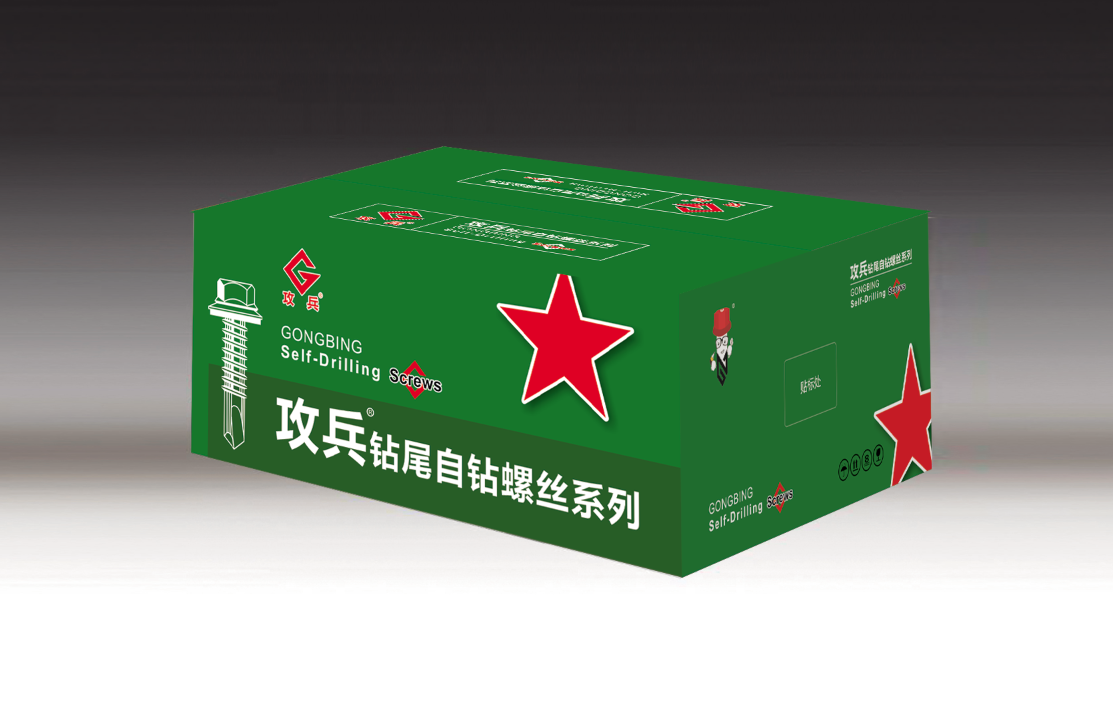Choosing the Right Screws for Drywall Installation and Repair Projects
Understanding Drywall Screws A Comprehensive Guide
Drywall screws are essential hardware components used in constructing walls and ceilings with drywall panels. Available in various sizes, types, and coatings, they constitute a critical element in ensuring the durability and stability of drywall installations. This article delves into the unique characteristics and uses of drywall screws, exploring their design, benefits, and application tips.
What Are Drywall Screws?
Drywall screws are self-tapping screws specifically designed for fastening drywall sheets to wood or metal studs. Their distinctive black phosphate coating enhances corrosion resistance, making them suitable for various environments. These screws typically feature a sharp point, which allows for easy penetration into the drywall and the underlying framing material without the need for pre-drilling.
Types of Drywall Screws
There are two primary types of drywall screws coarse-thread and fine-thread. Coarse-thread screws are predominantly used for wood studs, as their thicker threads provide a stronger grip. In contrast, fine-thread screws are designed for metal studs, where tighter threading ensures a secure hold.
Additionally, drywall screws come in different lengths, typically ranging from 1 inch to 3 inches. Choosing the appropriate length is crucial; it should be long enough to penetrate the drywall and secure it to the stud while avoiding excessive protrusion.
drywall screws 1

Benefits of Using Drywall Screws
One of the most significant advantages of drywall screws is their ability to minimize the risk of stripping when fastening. Unlike traditional nails, screws can be easily removed and replaced without damaging the surrounding material. This feature is particularly useful during renovations or repairs when adjustments are necessary.
Another benefit is their ability to maintain a tight hold over time. As drywall expands and contracts due to humidity changes, drywall screws provide consistent tension, preventing sagging and ensuring a clean finish.
Application Tips
When installing drywall using screws, it’s essential to space them correctly—generally, 12 to 16 inches apart along the studs. This spacing enhances stability and reduces the likelihood of cracking or sagging. Furthermore, it's vital to avoid over-driving the screws, as this can damage the drywall surface and create a dimpled appearance.
In conclusion, drywall screws play a critical role in drywall installation, combining strength, versatility, and ease of use. By understanding the different types and how to apply them effectively, you can achieve a professional finish in your drywall projects. Whether you’re a DIY enthusiast or a seasoned contractor, mastering the use of drywall screws is key to successful drywall assembly.
-
Weatherproof Plastic Expansion Anchors for OutdoorАхборJun.06,2025
-
Sustainability in the Supply Chain: Eco-Friendly TEK Screws ProductionАхборJun.06,2025
-
Load-Bearing Capacity of External Insulation FixingsАхборJun.06,2025
-
Double Head Bolts: Enhancing Efficiency in Industrial MachineryАхборJun.06,2025
-
Corrosion Resistance in Chipboard Screws: Coatings for Wholesale DurabilityАхборJun.06,2025
-
Butterfly Toggle Bolts : Enhancing Structural ResilienceАхборJun.06,2025
